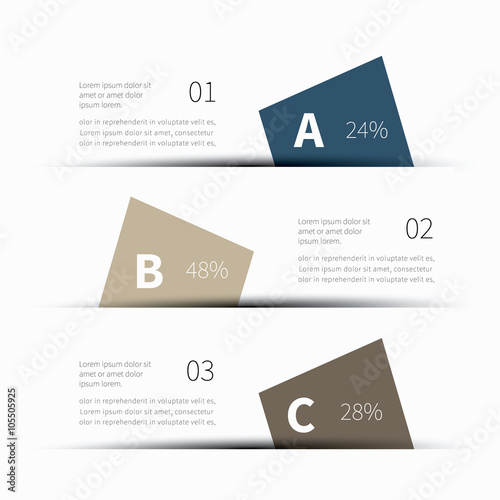Just How To Budget For Your Flooring Task: A Practical Guide
Just How To Budget For Your Flooring Task: A Practical Guide
Blog Article
Web Content By-Craven Carlson
When you're intending a floor covering job, budgeting isn't nearly selecting a number; it's about understanding what you absolutely require and the costs involved. You'll want to evaluate your particular needs, study different products, and prepare for unexpected expenses. Consider just how variables like space function and installation methods can influence your budget plan. But prior to you jump in, there are some critical details you may overlook that could considerably affect your total costs. Let's explore exactly how to navigate these complexities and guarantee your job stays on track.
Assessing Your Flooring Demands
Prior to diving right into your floor covering task, it's important to assess your floor covering needs. Beginning by taking into hogle zoo directions where you plan to mount new flooring. Think about the objective of each area. For instance, bathroom and kitchens require waterproof products, while living locations might gain from convenience and aesthetics.
Next off, assess the existing conditions of your floorings. Exist any kind of structural issues, such as unequal surfaces or dampness problems? Dealing with these worries at an early stage can save you time and money down the line.
Likewise, remember of the measurements of each room to establish just how much floor covering you'll need.
Don't fail to remember to consider your way of life. If you have pets or young children, durability might be your leading priority, while a much more official room may ask for an extravagant finish. Additionally, think about your style choices. Do you prefer a timeless look, or are you drawn to modern-day designs?
Last but not least, be reasonable concerning how much upkeep you want to dedicate to. Some products need more upkeep than others. By comprehending your demands clearly, you'll be better equipped to make informed choices as you progress with your flooring task.
Estimating Expenses and Products
Estimating costs and materials is a crucial action in your floor covering job that can significantly affect your general budget. Start by determining your area accurately to identify how much floor covering you'll require. For most products, you'll discover prices by square foot, so collect quotes from numerous distributors to obtain a reasonable figure.
Next, take into consideration the sort of flooring you desire. Alternatives like hardwood, laminate, tile, or rug all featured various cost points. Study the prices for every and factor in any kind of added products like underlayment, glue, or transition strips.
Don't neglect to include tools if you're preparing a DIY setup, as leasing or acquiring tools can include in your costs.
Labor prices are an additional crucial factor to consider. If you're hiring professionals, get price quotes from several contractors to ensure you're obtaining a reasonable rate. Be clear concerning the range of work to avoid unforeseen costs later.
Finally, it's smart to reserve a little portion of your budget for any unanticipated prices related to materials. By thoroughly estimating your expenses and materials ahead of time, you'll set on your own up for a smoother and much more manageable floor covering project.
Planning for Hidden Expenses
Lots of house owners ignore the covert expenditures that can emerge throughout a flooring task, which can lead to budget plan overruns. To prevent this, you need to prepare for possible extra expenses.
First, take into consideration the condition of your existing subfloor. If it's damaged or irregular, you'll likely require repair work or progressing, which can add substantially to your general expenditure.
Next, think about removal and disposal charges for your old floor covering. Many service providers bill added for this service, so factor that right into your budget plan.
In addition, don't ignore the prices of underlayment, which may not be consisted of in the first quote but are important for a successful installment.
You should likewise get ready for unanticipated complications, such as plumbing or electric job if your flooring task entails moving fixtures. It's important to allot at least 10-15% of your overall budget for these unforeseen expenditures.
Finally, bear in mind that permits might be needed for sure installments. Always check regional regulations to prevent penalties or delays.
garage floor epoxy cost estimate , budgeting for your flooring project is necessary for an effective end result. By evaluating your requirements, approximating costs, and planning for concealed expenditures, you'll stay clear of shocks and remain on track. Keep in mind to reserve a portion of your allocate unforeseen expenses and maintain a thorough break down of your expenditures. With careful preparation and consideration, you'll produce an attractive room that fulfills your demands without breaking the financial institution. Happy flooring!
